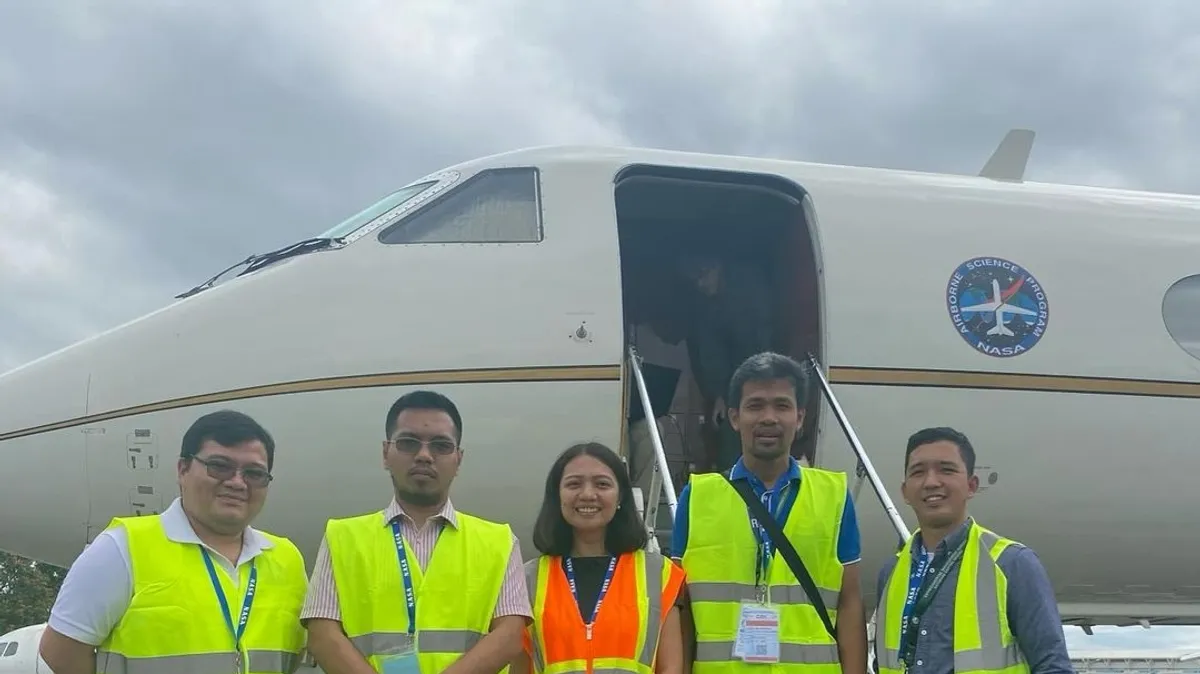NASA has launched an extensive series of flights across Asia utilizing its colossal flying laboratory, the DC-8.
In a pioneering effort to combat the pressing issue of air pollution, NASA has launched an extensive series of flights across Asia utilizing its colossal flying laboratory, the DC-8. This ambitious mission, named ASIA-AQ, seeks to revolutionize the way we understand and forecast air quality, potentially saving millions of lives annually.
The gravity of the issue cannot be overstated. Air pollution is responsible for millions of deaths worldwide every year, underscoring the urgency for accurate identification and forecasting methods. With this in mind, NASA’s initiative aims to make significant strides in pinpointing pollution sources and behaviors, thereby paving the way for more precise public warning systems.
Commencing this week in the Philippines, the DC-8 is embarking on flights lasting up to eight hours, hovering as close as 15 meters (50 feet) from the ground to collect air particles for meticulous analysis. Barry Lefer of NASA emphasized the importance of these direct measurements, stating, “We can provide direct measurements of how much pollution is coming from different sources. And that’s one of the primary inputs to the air quality forecasting models.”
While current air quality forecasting methods rely primarily on ground stations and satellites, both approaches have limitations in observing pollutant dispersion accurately. NASA’s airborne measurements aim to bridge this gap by refining satellite data interpretation and enhancing the accuracy of predictive models.
Equipped with a suite of sensitive instruments, NASA’s flying laboratory has been executing figure-eight patterns over densely populated areas of the Philippines, including the capital region. Accompanied by a smaller NASA Gulfstream jet tasked with creating three-dimensional pollutant maps, the aircraft will extend its research flights to South Korea, Malaysia, and Thailand in the coming weeks.
The ASIA-AQ project represents a groundbreaking collaboration between NASA and regional governments in an area grappling with some of the highest air pollution-related death rates globally. By pooling resources and expertise, this partnership holds the potential to yield invaluable insights into the complex dynamics of air pollution in the region.
Results from the study are anticipated to be made public within a year, offering policymakers and stakeholders a comprehensive understanding of air quality dynamics in Asia. Armed with this knowledge, authorities can implement targeted interventions and policies aimed at curbing pollution levels and safeguarding public health.
In a world where the adverse effects of air pollution continue to exact a heavy toll on human health and the environment, initiatives like NASA’s ASIA-AQ provide a glimmer of hope. By harnessing cutting-edge technology and collaborative partnerships, we inch closer to a future where clean, breathable air is not just a luxury but a fundamental human right.
